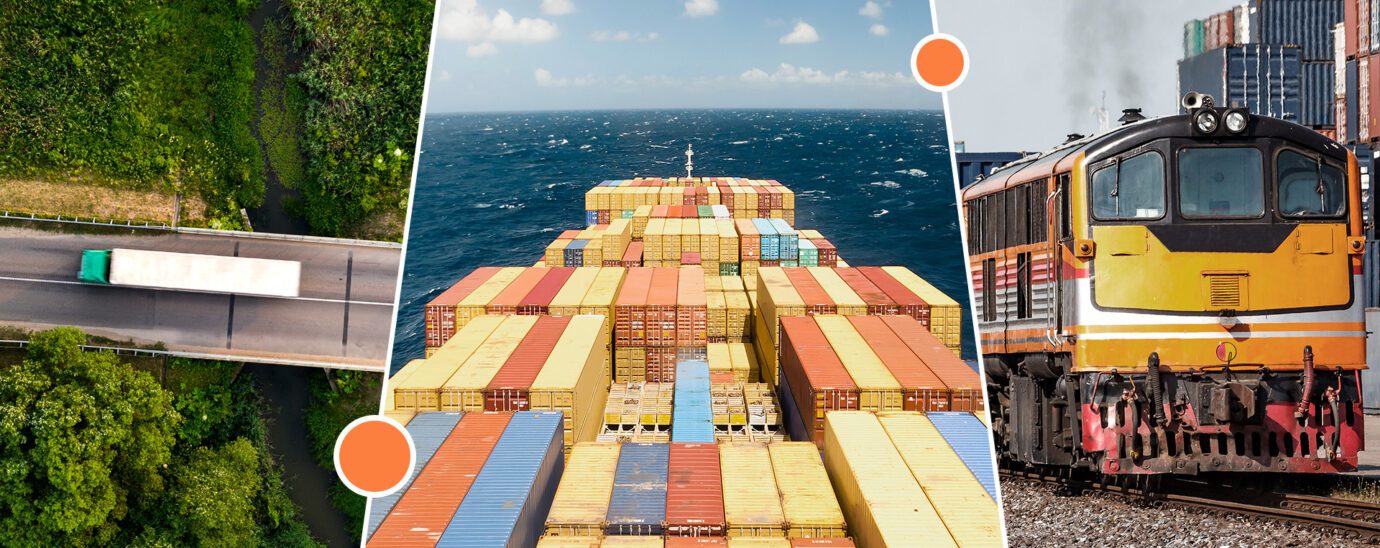IoT Comes of Age

With an expected 5.2 billion connected devices by 2025, IoT is now a fundamental component of both government policy and corporate strategy. The ability to track, monitor, record and analyse through an extraordinary array of hugely innovative sensors has already transformed many businesses and many industries. But, to date, the true power of IoT has been constrained by the limits of fixed and wireless connectivity: just 15% of the planet is currently covered by affordable, accessible IoT connection.
If organisations are to truly harness the power and sophistication of IoT, connectivity has to extend around the globe. It needs to be both affordable and accessible – yet the only alternative to wireless networks has been Satellite IoT at a price point that cannot be justified by the vast majority of businesses or use cases. Until now.
Driving Value
The post-pandemic economy has inspired an evolution in business drivers, with both private and public sector organisations increasingly focused on delivering value – to customers, employees and the wider global stakeholder community. But how is that value measured, verified or communicated in a world demanding rapid results and immediate decision making?
After two years of disruption, businesses need to be able to achieve and demonstrate true innovation in supply chains that support new efficiency paradigms and deliver tangible shareholder value. Post COP26, environmental protection has risen up the corporate agenda – and companies must prove their sustainability strategies to avoid the risk of greenwash accusations. Agriculture is under enormous pressure to resolve the twin challenges of climate change affecting growing seasons and the estimated need to produce 60% more food by 2050 to feed a world population of 9.3 billion, according to the Food and Agriculture Organization (FAO).
The continuous connection of IoT clearly has a key role to play in both enabling the required innovation and proving its value, quickly. From connected vehicles to industrial equipment tracking and environmental monitoring, increasingly sophisticated IoT sensors are already embedded within global infrastructure. Yet with 85% of the world not covered by cellular technology, IoT is simply not an option for vast numbers of organisations. Agriculture, for example, is desperate to embrace technologies that will reduce the need for widespread animal medication, minimise the use of chemicals and enable effective responses to the challenges presented by a changing climate. Without complete, global coverage, the true power of IoT to enable fundamental change will never be realised.
Cost Effective SatIoT
With the arrival of low cost Satellite IoT (SatIoT), hundreds and thousands of assets can now be deployed cost effectively around the globe – to even the most remote and inaccessible regions. This is inspiring the creation of an extraordinary array of powerful applications that will accelerate change and deliver tangible value to business, individuals and the environment.
The compelling cost model, however, is just one part of the equation. While the pent up demand for SatIoT solutions is significant, this is a new market for systems integrators and one that raises a new set of challenges as well as opportunities. By default, these IoT solutions are going to be deployed in remote locations – from mines to farmland, ships to oil platforms – which means minimising the need for human intervention and repair wherever possible to safeguard the business case.
Device size, power consumption and reliability are priority concerns. Small-sized devices offering low power consumption is a vital component of the solution, as battery life is extended. What is the weight and cost differential offered by smaller antennas? What is the viable battery life? These are vital issues to consider before embarking upon a strategic SatIoT initiative. For example, combining good quality battery technology with an intelligent approach to transmission extends the lifecycle of the IoT solution. By ensuring the device is only transmitting when the satellite is in range, rather than continuously, radically increases battery life, especially in applications that do not require constant information updates.
Innovative Thinking
For integrators, access to cost effective SatIoT is already inspiring new thinking and extraordinary innovation. The ability to work seamlessly with existing cellular IoT solutions, ensuring accurate tracking and monitoring as assets transit between connections, is transforming visibility of global freight assets. In addition to improving efficiency and reducing the financial losses associated with product damage and wastage, this global tracking has an even more powerful potential: addressing the huge proportion of vaccines that are damaged, lost or stolen in transit. SatIoT can not only provide confidence in the integrity of the cold chain; but also identify areas of elevated risk, allowing the protection to be prioritised in the right areas, to safeguard this vital global resource.
Bidirectional IoT also has a significant role to play. The ability to send commands back to assets, rather than just receive data, is hugely powerful and enables an array of new use cases, including remote management of equipment. Farmers can command silos to release food, open gates or manage irrigation systems, without any need for expensive and often hard to source human interaction. Utilities companies can control water management systems in line with flood prevention strategies. With information seamlessly integrated with existing analytics, AI, or machine learning solutions, organisations have the power to not only use this data to improve understanding; but also immediately respond and use the new insight to inform timely commands to remote assets.
Complete Solution
Low-cost SatIoT is opening a new world of IoT opportunities – from measuring pipeline flows, to tracking migrations, to exploring new regions, and monitoring the delivery of food, water and vaccines to remote villages. It is enabling organisations to not simply embark upon innovating thinking, but confidently and rapidly assess the impact and achieve continuous improvement. Critically, it will play a vital role in supporting the next generation of value driven business strategy, environmental change and government policy.
Systems integrators with an existing portfolio of cellular IoT solutions and customers now have the chance not only to extend their reach and plug the gaps in IoT connectivity, but also embrace innovation and truly fulfil the potential of IoT.
